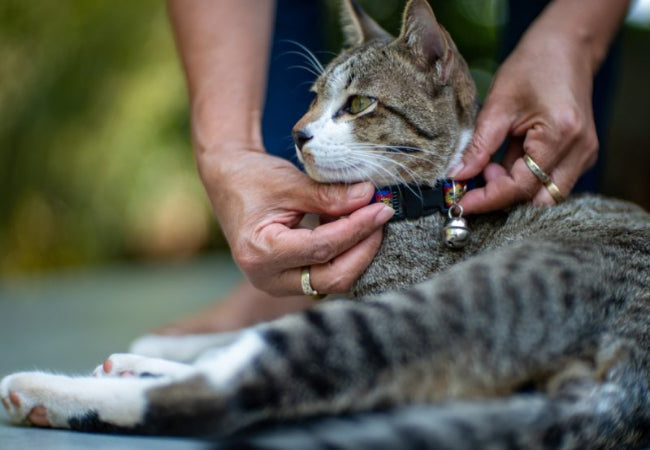Living with Cat Allergies: A 2025 Vet-Approved Survival Guide 🤧

In this article
Living with Cat Allergies: A 2025 Vet-Approved Survival Guide 🤧
By Dr. Duncan Houston BVSc
Living with allergies doesn’t mean you have to give up your beloved cat. With the right strategies, it’s possible to reduce allergic reactions and enjoy a happy, healthy relationship with your feline companion. This guide explores triggers, prevention, and treatment options for cat allergies.
🐾 Understanding Cat Allergies
Cat allergies are usually caused by proteins found in:
-
Skin cells (dander)
-
Saliva
-
Urine
These allergens can become airborne, triggering symptoms like sneezing, itchy eyes, skin rashes, or even asthma attacks. Recognizing the source of your allergy is the first step in managing it effectively.
✂️ Allergen Reduction Strategies
Reducing exposure to allergens can significantly improve comfort:
-
Regular Grooming: Brush your cat frequently to remove loose fur and dander. Use hypoallergenic wipes for an extra layer of protection.
-
Clean Environment: Vacuum and dust your home regularly. Use an air purifier designed to filter pet dander.
-
Restrict Access: Limit your cat’s access to certain rooms, especially your bedroom, to create allergen-free zones.
-
Litter Box Maintenance: Keep the litter box clean and opt for dust-free, unscented litter.
💊 Medication and Treatment Options
If allergen reduction isn’t enough, consider:
-
Over-the-counter antihistamines (after consulting a healthcare professional)
-
Prescription medications for more severe symptoms
-
Immunotherapy (allergy shots) for long-term relief
Always discuss options with your doctor to ensure safe and effective treatment.
🐱 Hypoallergenic Cat Breeds
While no cat is completely allergen-free, certain breeds produce fewer allergens. Popular hypoallergenic breeds include:
-
Siberian cats
-
Balinese cats
Choosing a hypoallergenic breed can reduce the severity of allergic reactions while still allowing you to enjoy feline companionship.
💡 Takeaway
Living with cat allergies is manageable with the right approach. Key steps include:
-
Identifying triggers
-
Implementing allergen reduction strategies
-
Exploring medications and treatments
-
Considering hypoallergenic cat breeds if starting fresh
Remember, everyone’s response to allergens is unique. Work closely with a healthcare professional to develop a plan that keeps you comfortable while maintaining a happy relationship with your cat.








